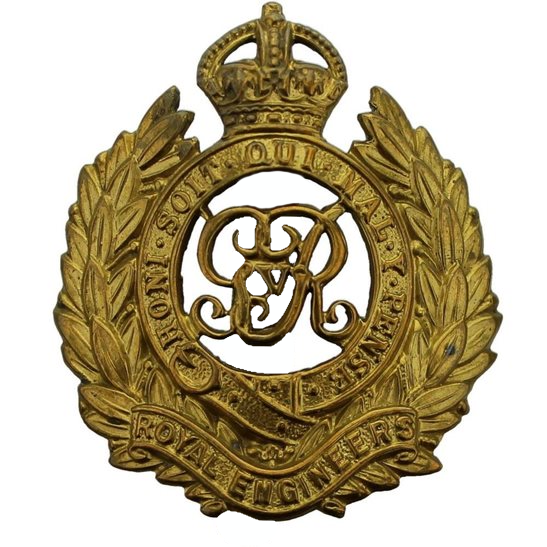Personal Details
Born: 7 October 1879 in Tattenhall, Cheshire.
Family: He was the youngest of four children born to Thomas Hill, a farmer, and his wife Mary. He married Sarah Jane Adams on 25 January 1904 in Tushingham Parish Church and was father to John, Lily and George.
Residence: In 1881 the family was living at Agden House, Agden, Cheshire and by 1901 they had moved to Hall Farm, Agden. By 1911 he had married and was living at Bradley Common, Bradley, Cheshire. At the time of his death he was living at Holly House, Bradley.
Employment: In 1901 he was employed on the family farm but by 1915 he had moved on and was working for Cheshire County Council as a road man. He continued in this role until at least 1939.
Died: 19 November 1962 at Beechcroft, Hampton, near Malpas, Cheshire, aged 84.
Military Details
Regiment: Royal Engineers
Rank: Pioneer
Service Number: WR/40202 (previously 225883)
Date of Enlistment: 7 December 1915 (transferred from Reserve 15 January 1917)
Date of Discharge: 1 August 1918
Reason for Discharge: No longer physically fit for war service
Other Information: In November 1917 he received gunshot wounds to his left thigh and right leg. He was entitled to wear a wound stripe.
Rowland was awarded the Campaign Medals (British War medal and Victory medal) and the Silver War Badge (number 381553)

The British War Medal (also known as 'Squeak') was a silver or bronze medal awarded to officers and men of the British and Imperial Forces who either entered a theatre of war or entered service overseas between 5th August 1914 and 11th November 1918 inclusive. This was later extended to services in Russia, Siberia and some other areas in 1919 and 1920. Approximately 6.5 million British War Medals were issued. Approximately 6.4 million of these were the silver versions of this medal. Around 110,000 of a bronze version were issued mainly to Chinese, Maltese and Indian Labour Corps. The front (obv or obverse) of the medal depicts the head of George V. The recipient's service number, rank, name and unit was impressed on the rim.
The Allied Victory Medal (also known as 'Wilfred') was issued by each of the allies. It was decided that each of the allies should each issue their own bronze victory medal with a similar design, similar equivalent wording and identical ribbon. The British medal was designed by W. McMillan. The front depicts a winged classical figure representing victory. Approximately 5.7 million victory medals were issued. Interestingly, eligibility for this medal was more restrictive and not everyone who received the British War Medal ('Squeak') also received the Victory Medal ('Wilfred'). However, in general, all recipients of 'Wilfred' also received 'Squeak' and all recipients of The 1914 Star or The 1914/1915 Star (also known as 'Pip') also received both 'Squeak' and 'Wilfred'. The recipient's service number, rank, name and unit was impressed on the rim.

The Silver War Badge was issued in the United Kingdom and the British Empire to service personnel who had been honourably discharged due to wounds or sickness from military service in World War I. The badge, sometimes known as the "Discharge Badge", the "Wound Badge" or "Services Rendered Badge", was first issued in September 1916, along with an official certificate of entitlement.

